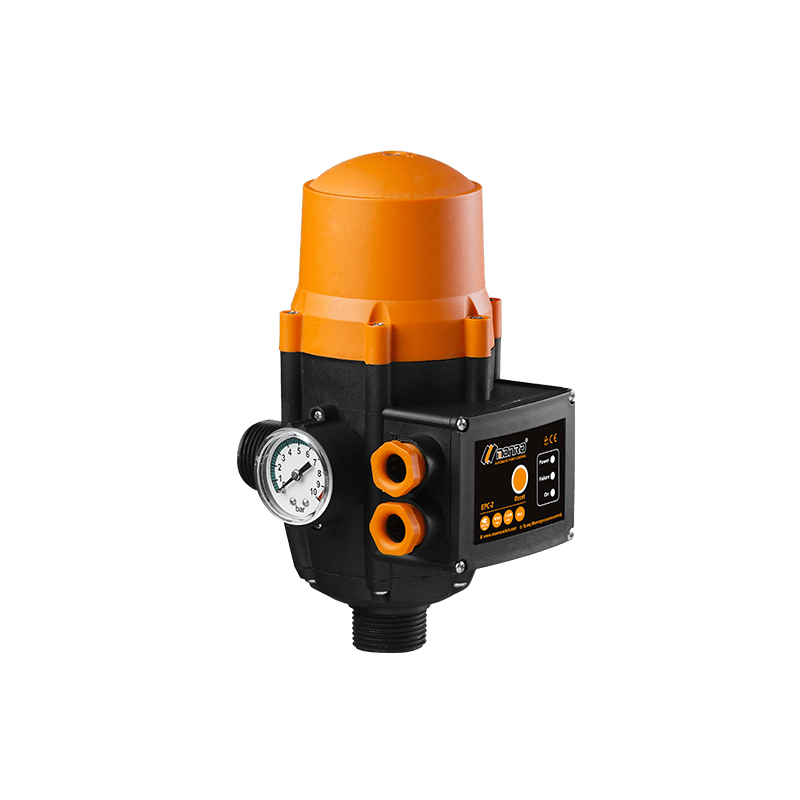Don't hesitate to send a message
Web Menu
Product Search
Exit Menu
Comprehensive Comparison of Electronic and Electromechanical Solutions
Introduction
Switching systems have been an integral part of electrical and electronic engineering for decades. With the rapid advancements in technology, the choice between electronic switching systems and electromechanical switching systems has become a critical decision for engineers and designers.
How Electronic Switching Systems Work
Electronic switching systems are based on the use of solid-state devices, such as transistors, diodes, and thyristors, to control the flow of electrical current. These systems offer several advantages over their electromechanical counterparts, including faster switching speeds, higher reliability, and lower power consumption.
1. Transistors: The most common electronic switching device, transistors can be used as both switches and amplifiers.
2. Diodes: These devices allow current to flow in one direction, making them ideal for rectification and voltage regulation.
3. Thyristors: Similar to diodes, thyristors can also control high-power applications with their ability to switch on and off.
Advantages of Electronic Switching Systems
1. Fast switching speeds: Electronic switching systems can operate at higher frequencies, making them suitable for high-speed applications.
2. Low power consumption: Solid-state devices require less power to operate, reducing overall energy consumption.
3. High reliability: With fewer moving parts, electronic switching systems are less prone to mechanical failure.
4. Compact size: Electronic components are smaller, allowing for more compact designs.
5. Precise control: Electronic switching systems can provide accurate and consistent switching performance.
How Electromechanical Switching Systems Work
Electromechanical switching systems rely on mechanical components, such as relays, switches, and contacts, to control the flow of electrical current. While these systems have been in use for a longer time, they still have their advantages and applications.
1. Relays: Electromechanical relays consist of an electromagnet and a set of contacts, which can open or close when the electromagnet is energized.
2. Switches: These devices can be manually or automatically operated to control the flow of current in a circuit.
3. Contacts: The points at which the electrical connection is made or broken in a switching system.
Advantages of Electromechanical Switching Systems
1. Simple design: Electromechanical switching systems are easier to design and manufacture.
2. High current and voltage handling: These systems can handle higher currents and voltages compared to electronic switching systems.
3. Low cost: The components used in electromechanical switching systems are generally less expensive.
4. Audible feedback: The mechanical action of these systems provides an audible click, indicating the status of the switch.
5. Durability: Electromechanical components are often more robust and resistant to harsh environments.
Factors Influencing the Selection of Switching Systems
The choice between electronic and electromechanical switching systems depends on several factors, including:
1. Application requirements: High-speed applications may require electronic switching systems, while high current and voltage applications may necessitate electromechanical systems.
2. Cost considerations: Electromechanical switching systems are generally more cost-effective, but electronic systems offer long-term energy savings.
3. Reliability and maintenance: Electronic switching systems are more reliable and require less maintenance, while electromechanical systems may need more frequent servicing.
4. Size and space constraints: Electronic switching systems are more compact, making them suitable for space-constrained applications.
5. Environmental factors: The operating environment, such as temperature, humidity, and vibration, can influence the choice of switching systems.
Conclusion
The choice between electronic and electromechanical switching systems is a critical decision that depends on various factors, including application requirements, cost, reliability, size, and environmental considerations. As technology continues to advance, electronic switching systems are becoming increasingly popular due to their numerous advantages. However, electromechanical switching systems still hold their place in specific applications where their unique characteristics are required. Ultimately, the selection of the most suitable switching system will depend on the specific needs and constraints of the application at hand.
-
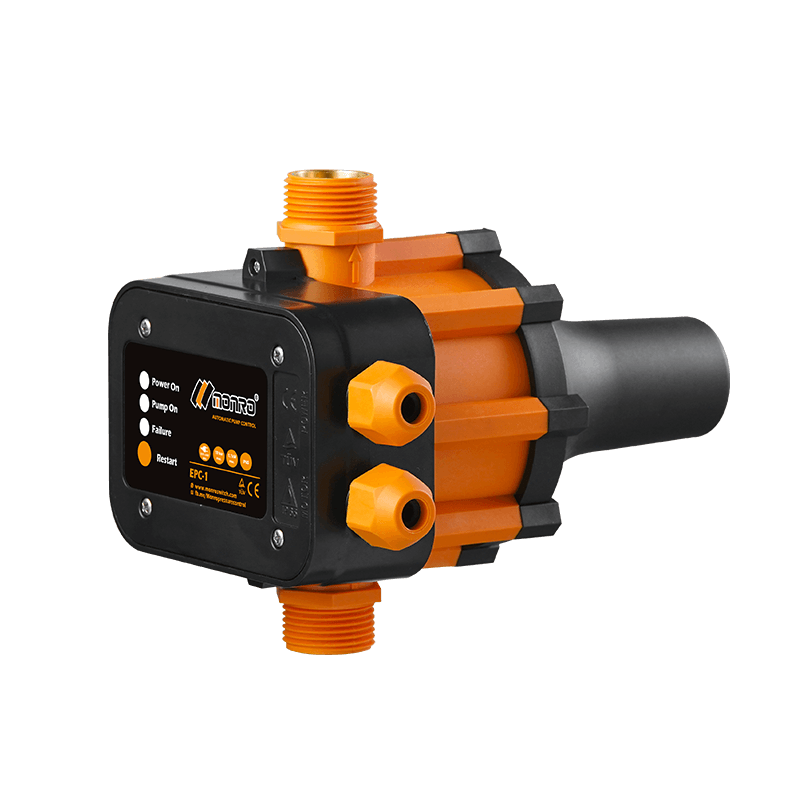 EPC-1
EPC-1Monro EPC-1 model pump controller is the classic and basic type, was loved by user in the global mar...
-
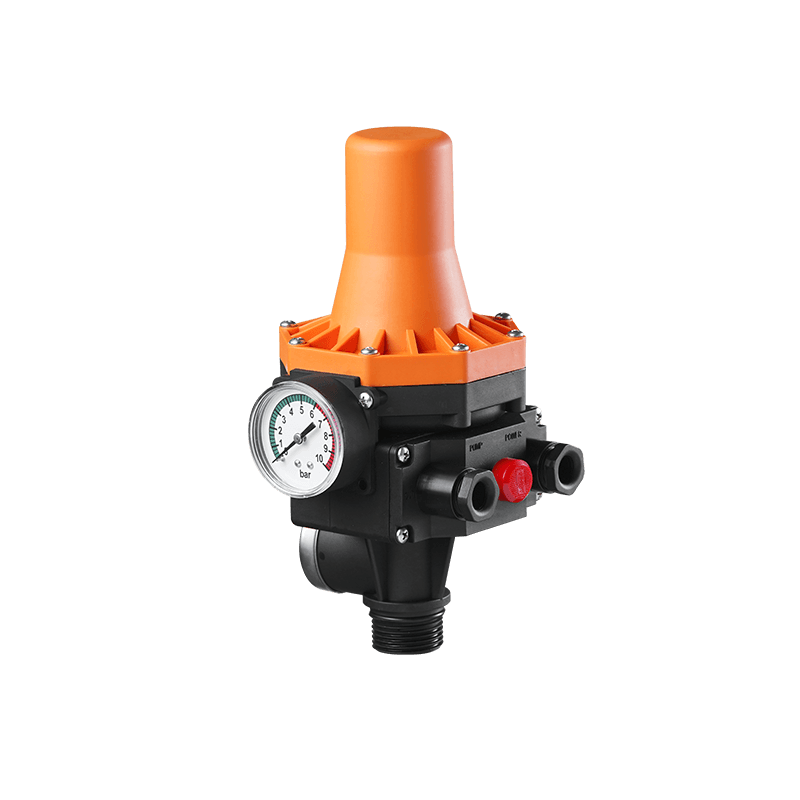 EPC-3
EPC-3Monro EPC-3 spain design auto on and off press control, an intelligent and economical system designe...
-
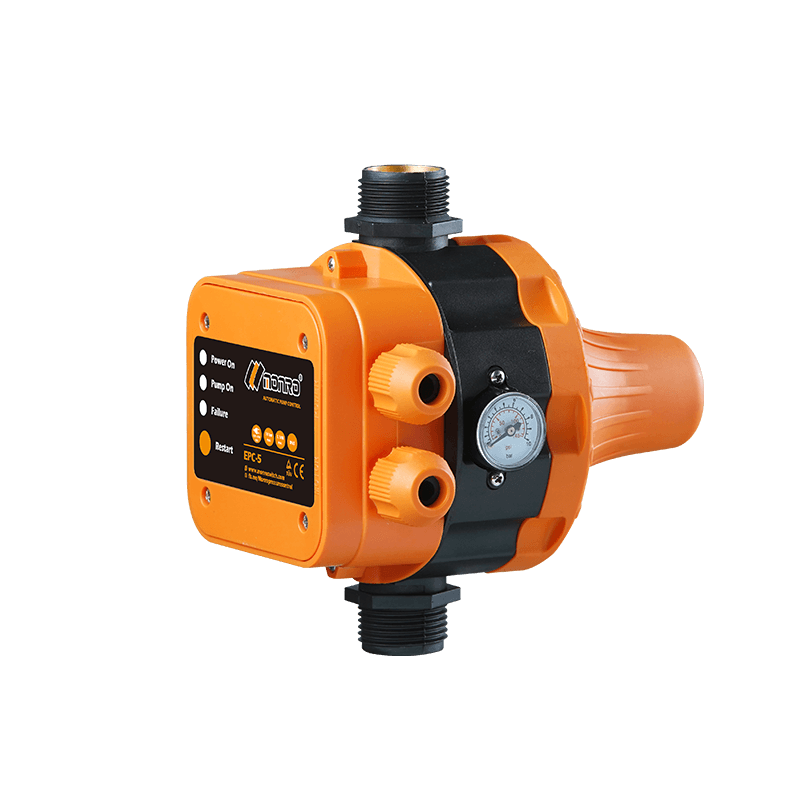 EPC-5
EPC-5Monro EPC-5 model automatic pump control, a device which assembled on the water pump (recommended si...
-
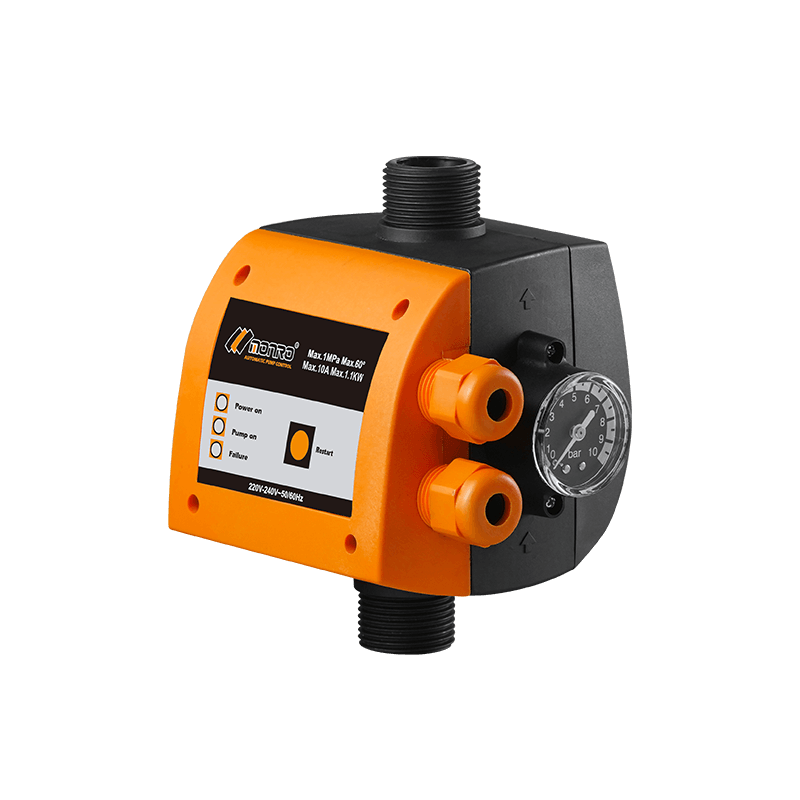 EPC-9
EPC-9Monro EPC-9 model pressure controller, is a big power device for automatic control and protection of...
-
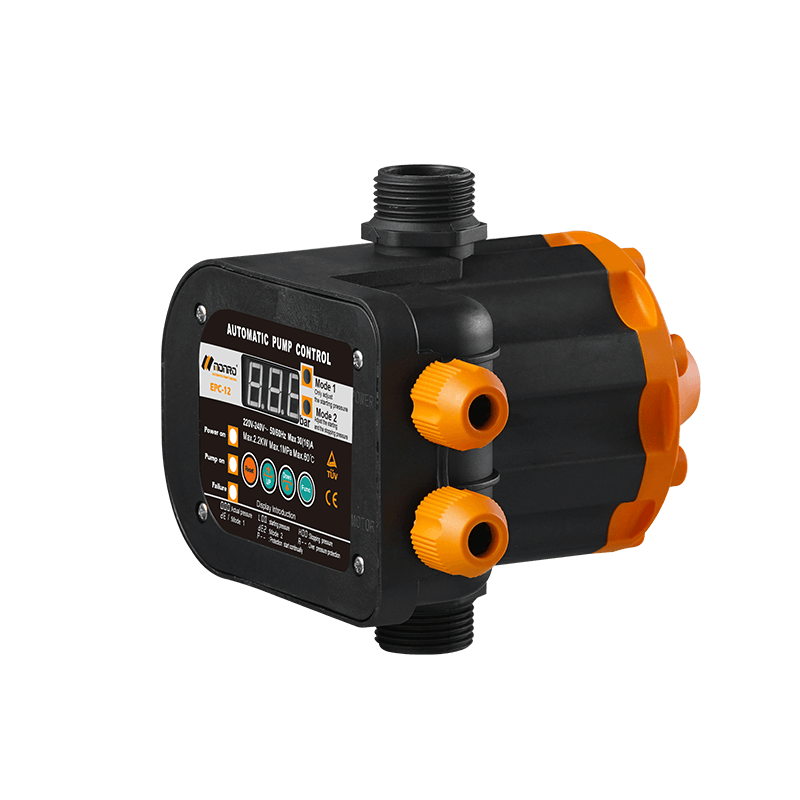 EPC-12
EPC-12Monro EPC-12 smart top-level automatic pump control is a multi-function model combined with traditio...
-
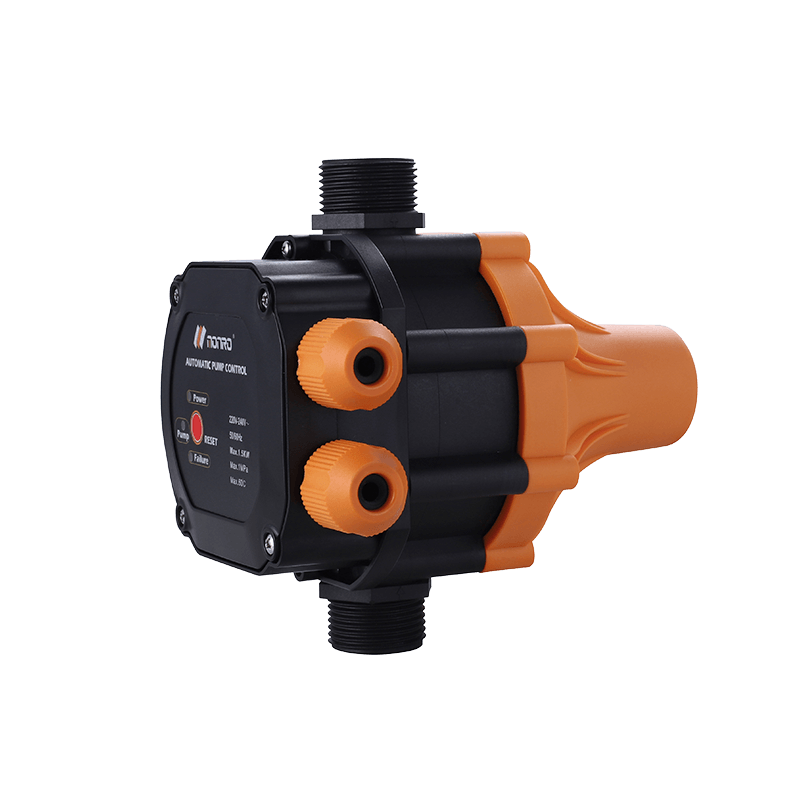 EPC-14
EPC-14Monro EPC-14 model pressure control is a big power device for automatic control and protection of el...
-
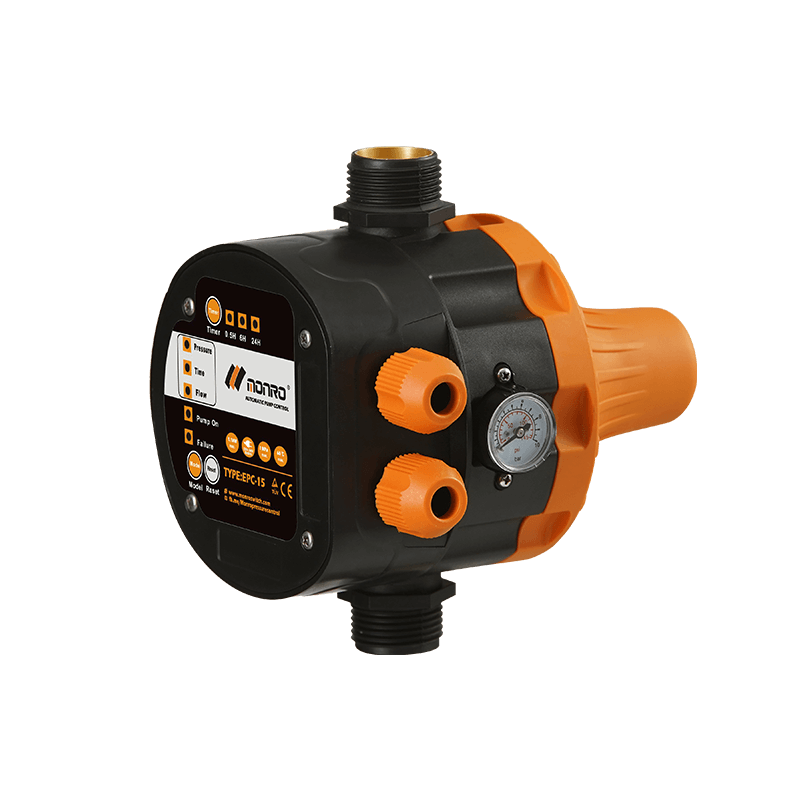 EPC-15
EPC-15Monro EPC-15 model automatic pump control, a device which assembled on the water pump (recommended s...
-
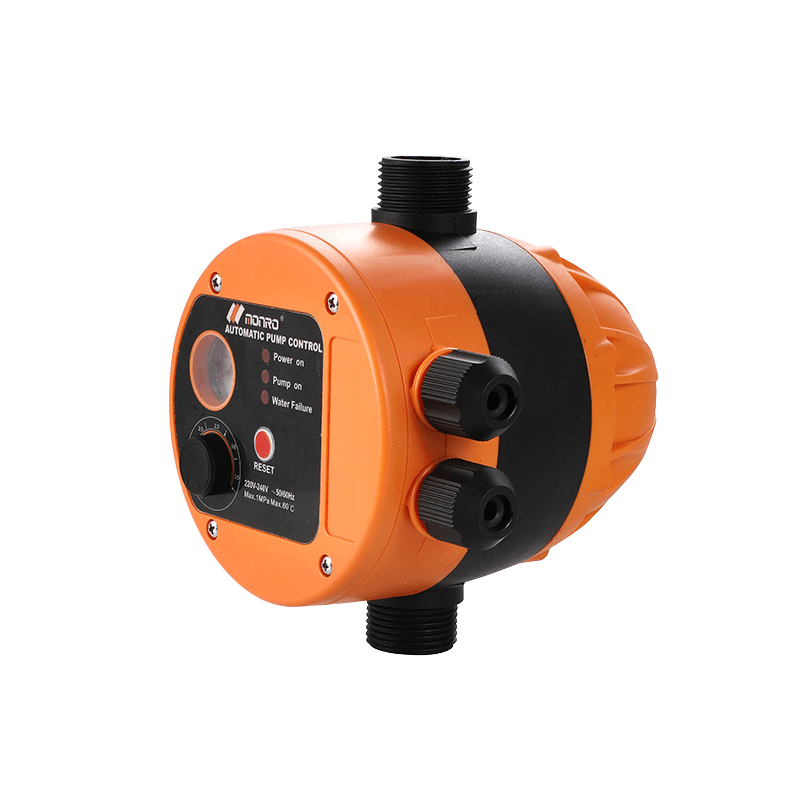 EPC-16
EPC-16EPC-16 is the new patent pump controller by Monro. Its key highlight is tooless (manual knob) start...
find our office
Committed to providing professional pressure control solutions for various types of water pumps and air compressors.

 简体中文
简体中文 English
English Español
Español